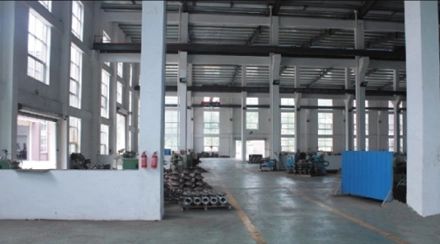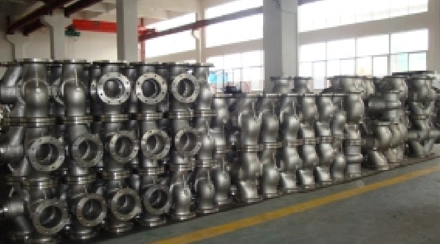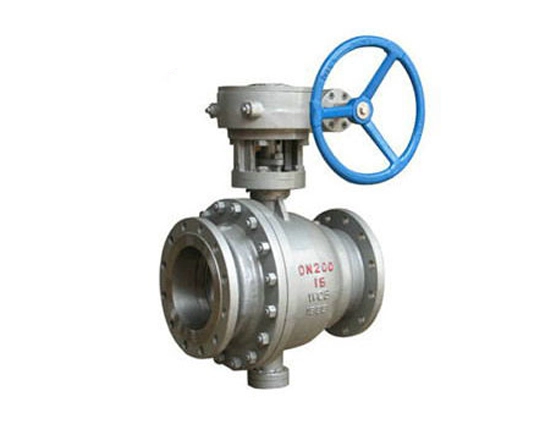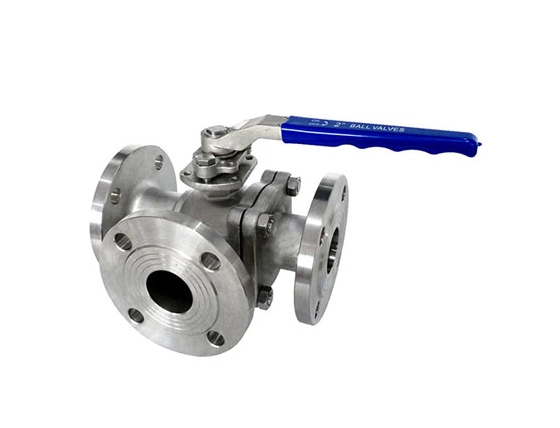en

When the inside of the fixed ball valve receives the pressure brought by the medium, its sealing ring will move towards the ball, so the ball inside it is fixed. When the sealing ring fits on the ball, the fixed ball valve will be in a sealed state. Bearings are installed at the upper and lower ends of the ball to reduce the operating moment.
Fixed ball valves and floating ball valves are two common types of ball valves used for fluid control in various applications. They differ in terms of design, functionality, and performance characteristics. Here's a comparison of the two:
Design: In a fixed ball valve, the ball is fixed or attached to the stem, preventing it from moving or floating within the valve body.
Sealing Mechanism: The ball in a fixed ball valve typically has a hole (port) drilled through it that aligns with the flow path when the valve is open. Sealing is achieved by pressing the seat against the ball.
Operation: Fixed ball valves require the stem to be rotated to open or close the valve. As the stem is turned, the ball also rotates, aligning or misaligning the port with the flow path.
Advantages: Fixed ball valves provide better sealing performance under high-pressure conditions and are less prone to leakage compared to floating ball valves.
Applications: They are commonly used in high-pressure applications, such as pipelines carrying gas or liquid under high pressures. They are also used in situations where precise control of flow is important.
Design: In a floating ball valve, the ball is not fixed to the stem but is free to move within the valve body.
Sealing Mechanism: The ball in a floating ball valve is designed with a trunnion or stem that provides the sealing against the seat. When the valve is closed, the pressure forces the ball against the seat, creating a seal.
Operation: Floating ball valves operate by turning the stem, which in turn rotates the ball. The stem only serves to actuate the rotation of the ball; it does not support the weight of the ball.
Advantages: Floating ball valves are relatively simple in design, have lower torque requirements for operation, and are often more cost-effective compared to fixed ball valves.
Applications: They are commonly used in applications with moderate pressures and temperatures, where tight shut-off is important but not under extremely high pressures.
Ball Attachment: In a fixed ball valve, the ball is fixed to the stem, while in a floating ball valve, the ball is not attached to the stem.
Sealing Mechanism: Fixed ball valves rely on pressing the seat against the ball for sealing, while floating ball valves use the pressure of the fluid to press the ball against the seat.
Pressure Handling: Fixed ball valves are better suited for high-pressure applications, while floating ball valves are suitable for moderate pressures.
Torque Requirement: Floating ball valves generally have lower torque requirements for operation compared to fixed ball valves.
The choice between fixed and floating ball valves depends on factors such as the application's pressure, temperature, flow control requirements, and budget considerations.





